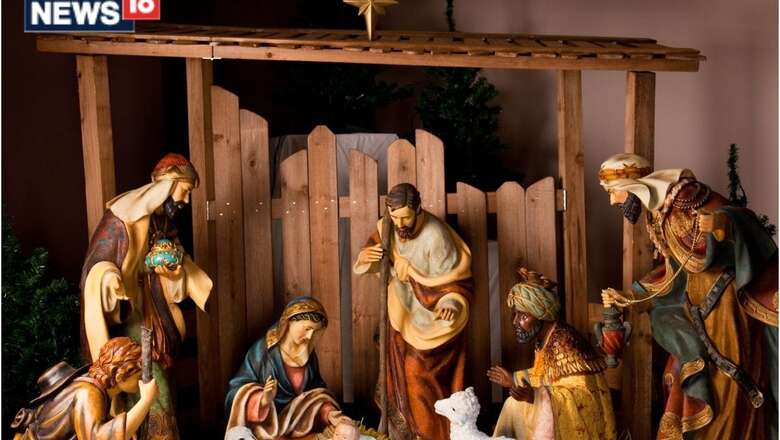
views
Christmas, being celebrated today on December 25th, is a joyous occasion celebrated by people all over the world. It is a time for family, friends, and loved ones to come together and celebrate the birth of Jesus Christ. Christmas is also a time for giving, and many people exchange gifts during this time.
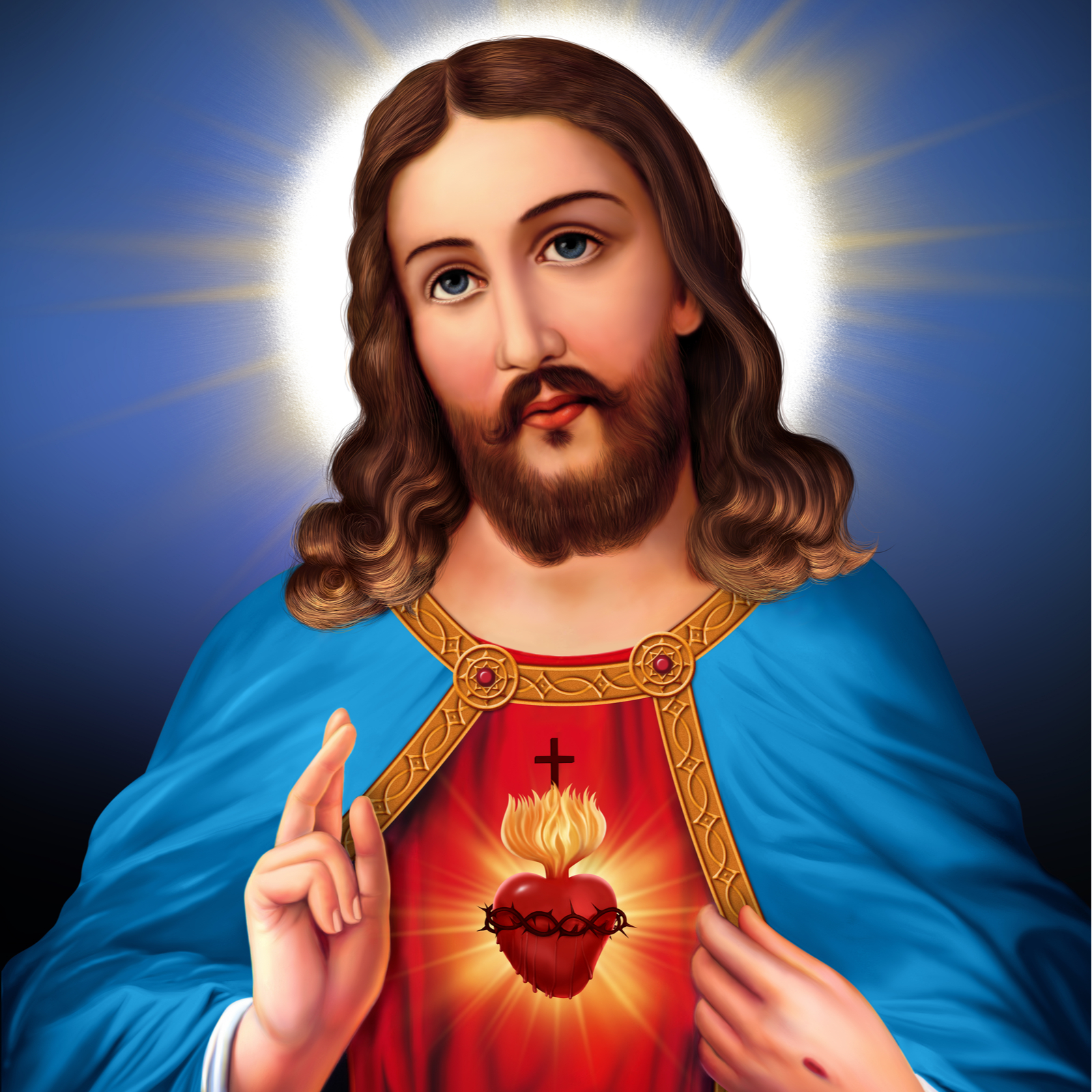
Origin of Christmas
Christmas is celebrated to remember the birth of Jesus Christ. Its origins are tied to earlier traditions like the Roman festival Saturnalia and the celebration of Sol Invictus. In the 4th century, December 25th was officially chosen to align with these existing festivals, making Christmas more widely accepted.

Christmas Traditions
Christmas traditions vary across cultures and regions. Common traditions include decorating Christmas trees with ornaments and lights, exchanging gifts, and gathering for festive meals. Many families attend religious services to commemorate the birth of Jesus, and the nativity scene is a popular symbolic representation.
Christmas carolling, where people sing traditional carols, is another cherished tradition. Additionally, hanging stockings for Santa Claus to fill with gifts and enjoying special holiday foods contribute to the festive spirit.
Traditions Around the World
From the elaborate nativity scenes in Italy to the festive bonfires in Norway, Christmas traditions vary greatly across cultures.
In Mexico, children reenact the journey of Mary and Joseph through “Las Posadas” processions.
In Ghana, vibrant Kente cloth replaces traditional Christmas decorations.
And in the Philippines, a giant lantern festival called “Giant Lantern Festival” illuminates the city of San Fernando.
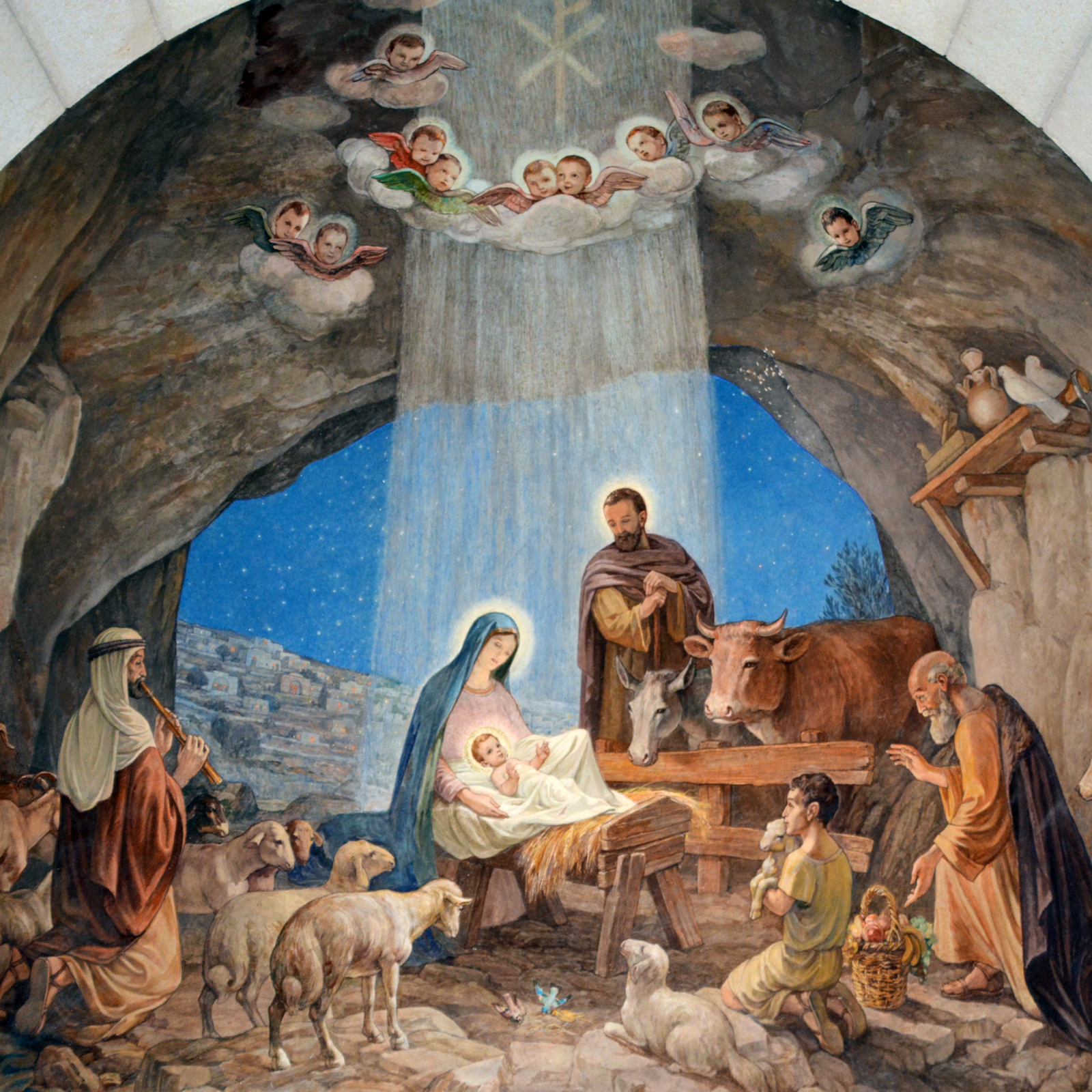
History of Christmas
While the exact date of Jesus’ birth is not specified in the Bible, December 25th was chosen to coincide with existing pagan festivals like Saturnalia and Sol Invictus in the Roman tradition. In the 4th century, Pope Julius I officially declared December 25th as the day to celebrate Christ’s birth.

Christmas Facts
- The tradition of decorating Christmas trees with ornaments and lights originated in Germany and became popular in the 19th century.
- The modern image of Santa Claus, a plump, jolly figure in a red suit, is based on the 1823 poem “A Visit from St. Nicholas” and various historical figures.
- The tradition of exchanging gifts during Christmas is inspired by the biblical story of the Three Wise Men presenting gifts to the infant Jesus.
- The singing of Christmas carols is a cherished tradition, with many carols having deep historical roots.
- The tradition of kissing under the mistletoe is believed to have originated from ancient Druid and Norse customs.
- Burning a Yule log has pagan origins, symbolizing the return of the sun during the winter solstice. It later became a Christmas tradition.
- Since 1947, Norway has sent a Christmas tree to London’s Trafalgar Square as a token of gratitude for British support during World War II.
- The shape of the candy cane is said to represent a shepherd’s crook, symbolizing Jesus as the Good Shepherd. The red colour symbolizes his sacrifice.
- Pope Julius I officially declared December 25th as the day to celebrate the birth of Jesus in the 4th century.
- Christmas is celebrated worldwide, not only by Christians but also by people from various cultural and religious backgrounds.
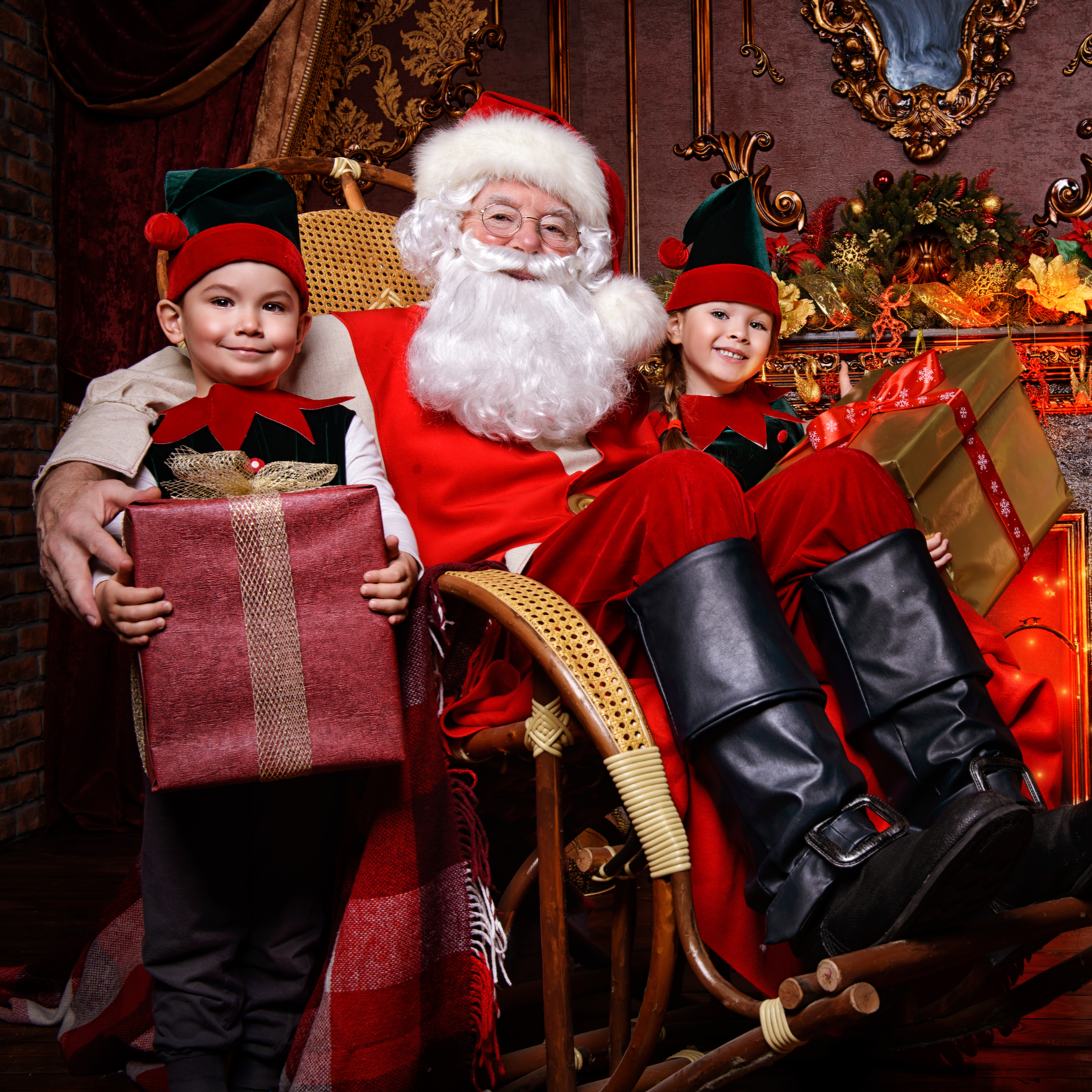
5 Fun Facts
1. The world’s tallest Christmas tree stands tall and proud at 114 feet in Rockefeller Center, New York City.
2. Iceland celebrates with 13 mischievous Yule Lads who visit children in the days leading up to Christmas.
3. The first gingerbread house, a delightful treat for the senses, was built in Germany in the 16th century.
4. Mistletoe, once used by Druids as a symbol of peace and love, found its way into Christmas traditions, adding a touch of romance.
5. Coca-Cola’s Santa Claus, the jolly gift-giver we all know and love, was largely inspired by cartoonist Haddon Sundblom in the 1930s.
How To Celebrate Christmas?
- Families often decorate Christmas trees with ornaments and lights, exchanging gifts on Christmas morning.
- Festive meals, featuring roast turkey or ham, are shared with loved ones.
- Many attend religious services, participating in the retelling of the nativity story.
- Carolling, the singing of Christmas carols, adds a melodic touch to the season.
- Some regions have unique customs, like hanging stockings for Santa Claus to fill with gifts.
- In the spirit of generosity, charitable acts and community outreach are common during this time.
- Whether through religious observances, festive meals, or exchanging gifts, Christmas brings people together for moments of warmth, love, and celebration.
Christmas is celebrated to remember the birth of Jesus Christ. Its origins are tied to earlier traditions like the Roman festival Saturnalia and the celebration of Sol Invictus. In the 4th century, December 25th was officially chosen to align with these existing festivals, making Christmas more widely accepted.

Christmas Traditions
Christmas traditions vary across cultures and regions. Common traditions include decorating Christmas trees with ornaments and lights, exchanging gifts, and gathering for festive meals. Many families attend religious services to commemorate the birth of Jesus, and the nativity scene is a popular symbolic representation.
ALSO READ: 101+ Christmas Wishes to Melt Your Heart (and Fill Your Card!)
Christmas carolling, where people sing traditional carols, is another cherished tradition. Additionally, hanging stockings for Santa Claus to fill with gifts and enjoying special holiday foods contribute to the festive spirit.
Traditions Around the World
From the elaborate nativity scenes in Italy to the festive bonfires in Norway, Christmas traditions vary greatly across cultures.
In Mexico, children reenact the journey of Mary and Joseph through “Las Posadas” processions.
In Ghana, vibrant Kente cloth replaces traditional Christmas decorations.
And in the Philippines, a giant lantern festival called “Giant Lantern Festival” illuminates the city of San Fernando.
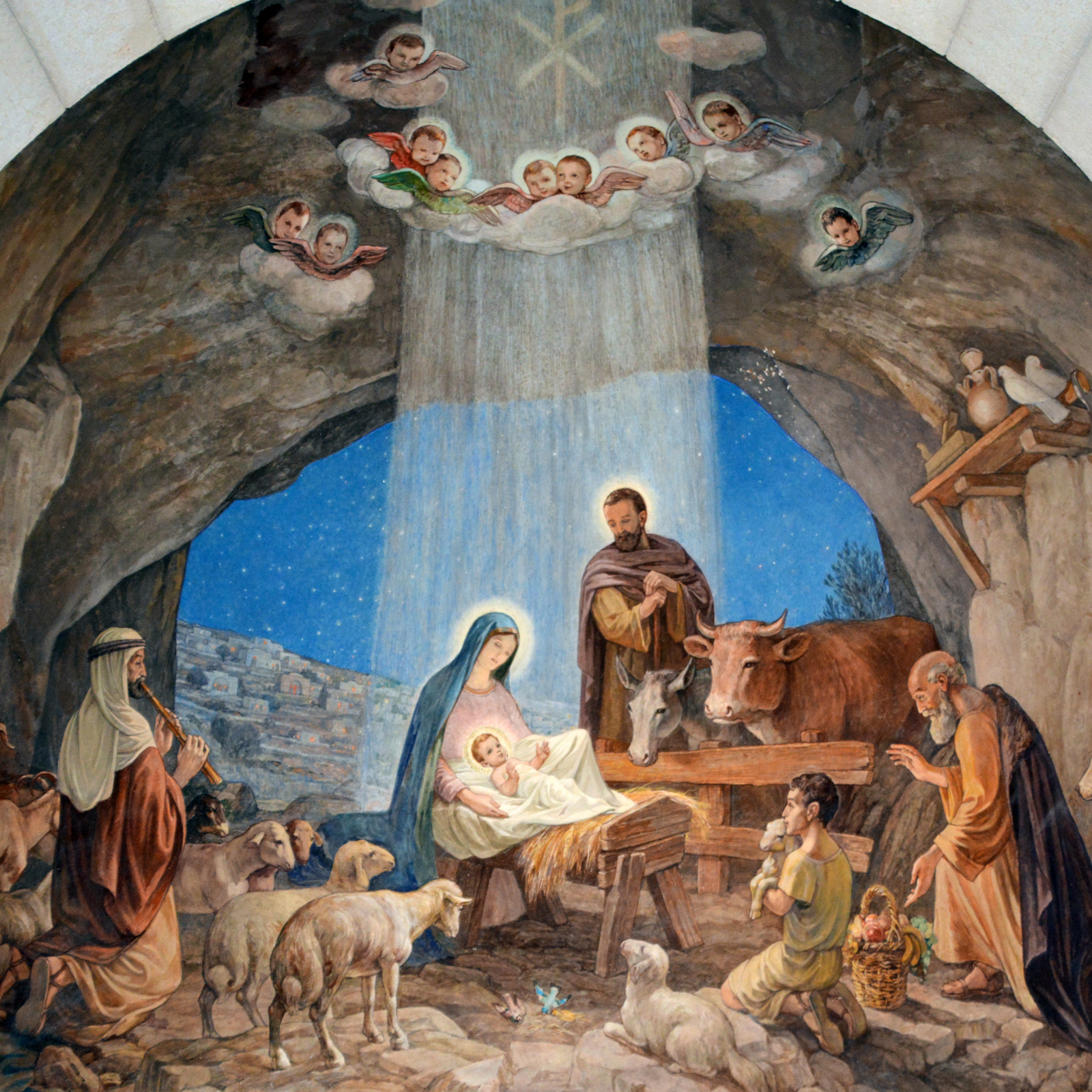
History of Christmas
While the exact date of Jesus’ birth is not specified in the Bible, December 25th was chosen to coincide with existing pagan festivals like Saturnalia and Sol Invictus in the Roman tradition. In the 4th century, Pope Julius I officially declared December 25th as the day to celebrate Christ’s birth.

Christmas Facts
- The tradition of decorating Christmas trees with ornaments and lights originated in Germany and became popular in the 19th century.
- The modern image of Santa Claus, a plump, jolly figure in a red suit, is based on the 1823 poem “A Visit from St. Nicholas” and various historical figures.
- The tradition of exchanging gifts during Christmas is inspired by the biblical story of the Three Wise Men presenting gifts to the infant Jesus.
- The singing of Christmas carols is a cherished tradition, with many carols having deep historical roots.
- The tradition of kissing under the mistletoe is believed to have originated from ancient Druid and Norse customs.
- Burning a Yule log has pagan origins, symbolizing the return of the sun during the winter solstice. It later became a Christmas tradition.
- Since 1947, Norway has sent a Christmas tree to London’s Trafalgar Square as a token of gratitude for British support during World War II.
- The shape of the candy cane is said to represent a shepherd’s crook, symbolizing Jesus as the Good Shepherd. The red colour symbolizes his sacrifice.
- Pope Julius I officially declared December 25th as the day to celebrate the birth of Jesus in the 4th century.
- Christmas is celebrated worldwide, not only by Christians but also by people from various cultural and religious backgrounds.
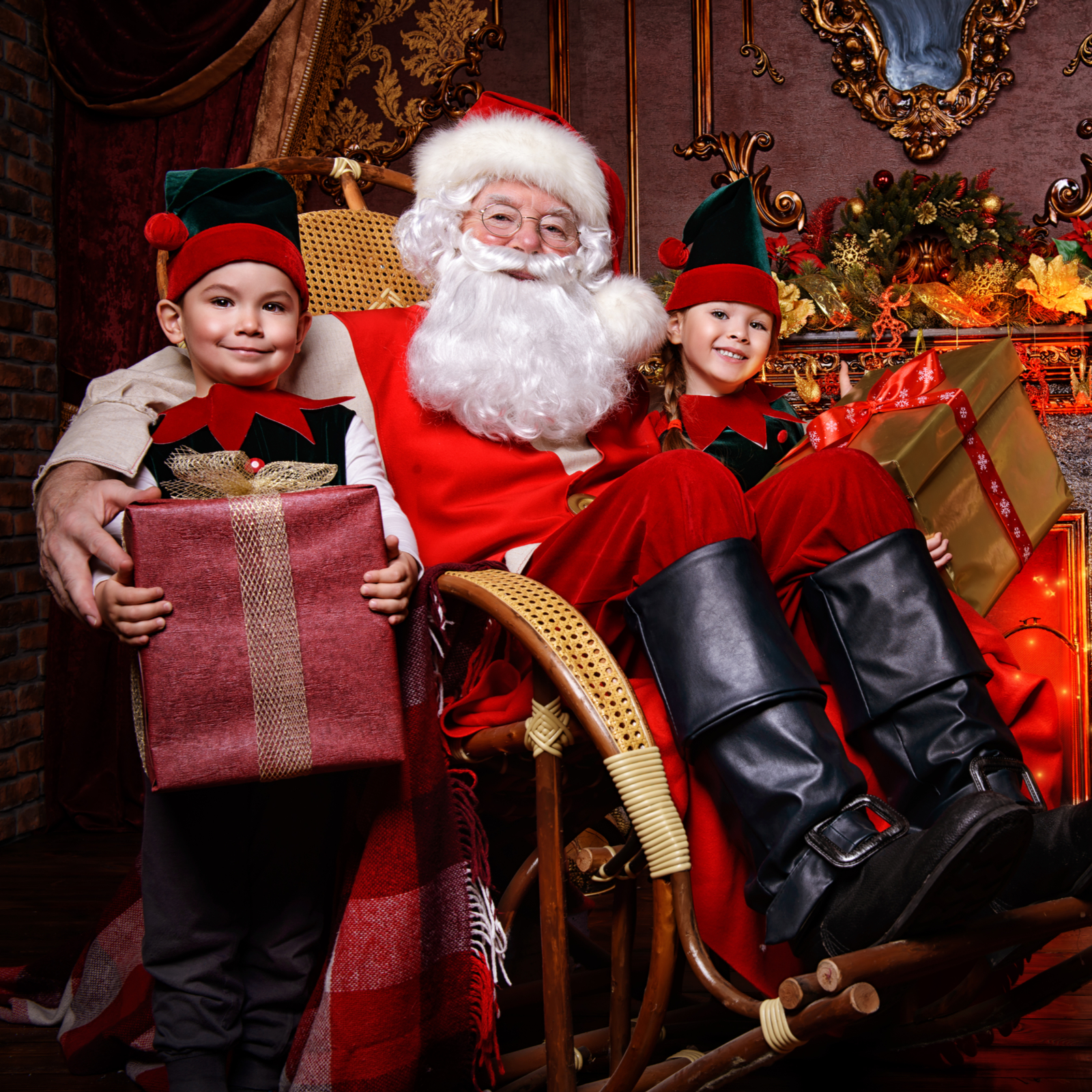
5 Fun Facts
1. The world’s tallest Christmas tree stands tall and proud at 114 feet in Rockefeller Center, New York City.
2. Iceland celebrates with 13 mischievous Yule Lads who visit children in the days leading up to Christmas.
3. The first gingerbread house, a delightful treat for the senses, was built in Germany in the 16th century.
4. Mistletoe, once used by Druids as a symbol of peace and love, found its way into Christmas traditions, adding a touch of romance.
5. Coca-Cola’s Santa Claus, the jolly gift-giver we all know and love, was largely inspired by cartoonist Haddon Sundblom in the 1930s.
How To Celebrate Christmas?
- Families often decorate Christmas trees with ornaments and lights, exchanging gifts on Christmas morning.
- Festive meals, featuring roast turkey or ham, are shared with loved ones.
- Many attend religious services, participating in the retelling of the nativity story.
- Carolling, the singing of Christmas carols, adds a melodic touch to the season.
- Some regions have unique customs, like hanging stockings for Santa Claus to fill with gifts.
- In the spirit of generosity, charitable acts and community outreach are common during this time.
- Whether through religious observances, festive meals, or exchanging gifts, Christmas brings people together for moments of warmth, love, and celebration.




















Comments
0 comment